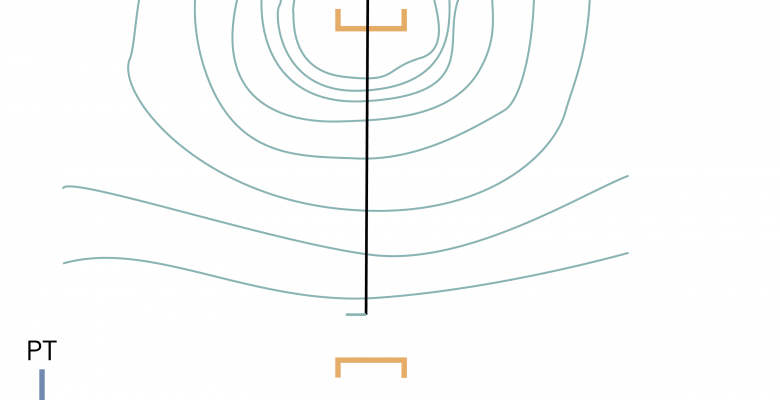The operation and construction of buildings account for almost half of the energy use in the United States. To meet global climate change targets, energy consumption of buildings in the long term must be reduced as well as carbon dioxide emissions. This article explores a theoretical building envelope that generates energy and produces water by drawing water vapor out of the air to deliver new sources of water; it lowers indoor humidity in hot and humid climates. The design in this model considers materiality, surface area and environmental conditions to influence building form. The case in this article considers materials and systems application in the design of the building envelope. The hygroscopic building envelope design strategically senses varying conditions of concentration and density of moisture laden air to provide visual indications of its performance. It is a building skin that emulates biological processes by creating pressure differences and transferring energy in various forms.
This article originally appeared in Vol 02.01 of the Perkins+Will Research Journal. CLICK HERE to see the whole article.

